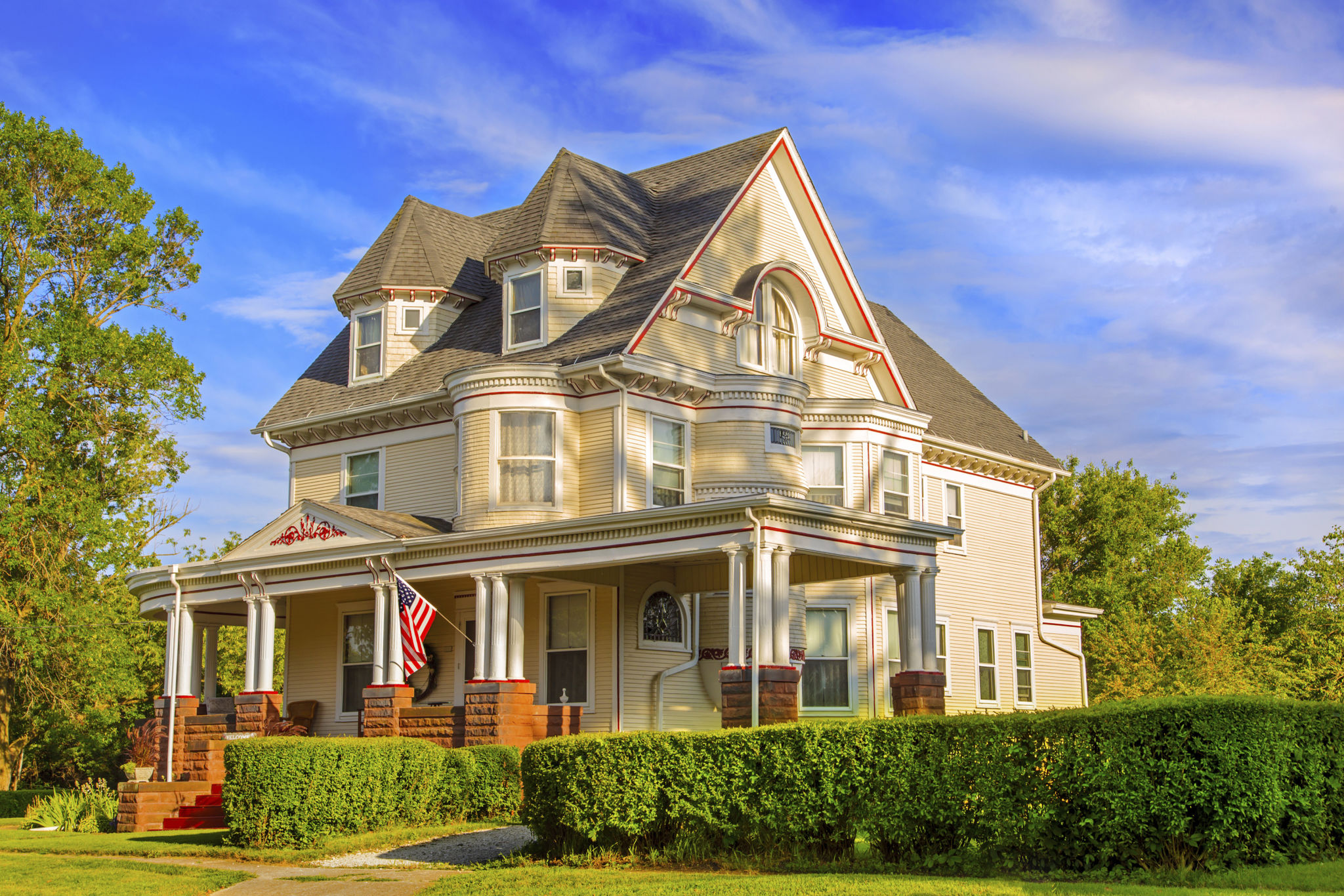Case Study: Successful Electrical Remodel of a Historic Home in Montgomery County
Introduction to the Project
In the heart of Montgomery County lies a stunning historic home, rich with history and character. However, the aging electrical systems posed significant challenges for modern living. The owners were committed to preserving the home's charm while ensuring safety and functionality. This case study explores the meticulous electrical remodel that successfully balanced these goals.
The project required a delicate approach, combining traditional craftsmanship with contemporary technology. The team was tasked with updating the entire electrical system without compromising the architectural integrity of the historic property.

Initial Assessment and Challenges
The initial assessment involved a thorough inspection of the existing electrical infrastructure. The home, constructed in the late 19th century, had outdated wiring that was not up to current safety standards. This posed a risk to the property and its inhabitants, necessitating immediate attention.
One of the primary challenges was the limited space for new wiring. The walls and ceilings were adorned with intricate moldings and decorations that needed to remain intact. The team had to strategize carefully to ensure that every modification was both effective and respectful of the home's heritage.
Strategic Planning and Design
To address these challenges, a comprehensive plan was developed. The strategy involved using non-invasive techniques to install new electrical lines. This included utilizing existing conduits wherever possible and employing cutting-edge tools to minimize disruption to the original structures.

The design phase also included selecting compatible fixtures that matched the historic aesthetic. This required collaboration with suppliers specializing in vintage-style lighting and hardware, ensuring a seamless blend of old and new.
Implementation and Techniques
The implementation phase was executed with precision. The team employed advanced techniques, such as fish tape and flexible drill bits, to navigate through tight spaces without damaging the original decor. This approach preserved the home's visual appeal while significantly enhancing its electrical capabilities.
An important aspect of the remodel was integrating energy-efficient solutions. This included installing LED lighting and smart home technology that allowed for remote control of lighting and energy usage, adding modern convenience without visible alterations.

Results and Impact
The remodel was a resounding success, achieving all objectives set by the homeowners. The new electrical system brought the home up to code, ensuring safety for its residents. Additionally, the integration of energy-efficient technologies resulted in reduced utility costs.
The project not only enhanced functionality but also increased the property’s value. Prospective buyers value homes that offer modern comforts while maintaining historical authenticity. This remodel managed to do just that, setting a benchmark for future projects of its kind.
Conclusion
This case study demonstrates how historic homes can be updated with modern electrical systems without sacrificing their unique charm. By using innovative techniques and strategic planning, it is possible to preserve the past while embracing the future.
The successful remodel of this Montgomery County home stands as an example for other homeowners and professionals in the field, showcasing that with careful planning and execution, historic properties can meet today’s standards without losing their soul.
